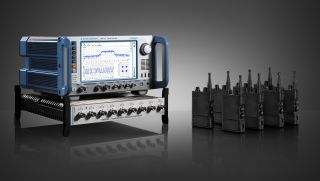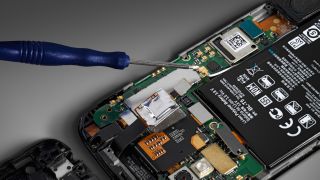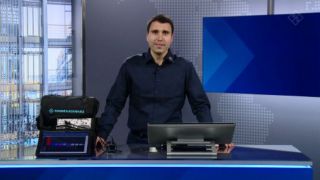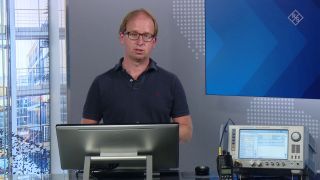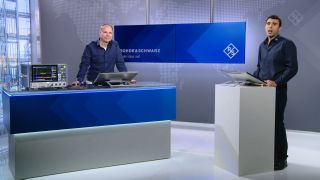Reliable test and measurement solutions for design, production and maintenance of high-end radio devices
Robustness and reliability are key requirements for military, tactical and law enforcement radios, as voice and data communication, geolocation, navigation and surveillance need to remain operational in very demanding conditions. Testing these high-end radios require very accurate instruments to verify single analog and digital components, as well as automated all-in-one radio testers to verify military communications system performance.
The military communications segment uses handheld or onboard radios, data links and secured networks, military wired buses and sonobuoy transmitters, among others. Instruments used in this segment are required to cover a wide range of applications and complex technologies. They need to target higher frequencies, increased bandwidth and must allow interoperability and coexistence testing (between, for instance, secured waveforms, Wi-Fi, 4G, LTE, and 5G). Additionally, they must allow evaluations and performance testing for devices with increased transmission ranges and throughput with lower size and energy efficient hardware.
Operating military radio communications devices under hazards of war or during disaster relief requires high-end technological compliance in terms of QoS, reliability, interoperability, environmental robustness, performance and security requirements. Radio test sets and adjacent instruments from Rohde & Schwarz allow automation of radio qualification according to international standards, and customization for private or national security standards.
Test and measurement solutions from Rohde & Schwarz enable flawless performance and reliability on every level. Our portfolio offers class-leading solutions from the testing of assemblies and components, up to the verification of a complete radio communication system and parallel testing. Moreover, Rohde & Schwarz radio testers offer capabilities for standards qualification and autotuning of multiple radios at the same time during production or maintenance.
Let us know how we can support you.






